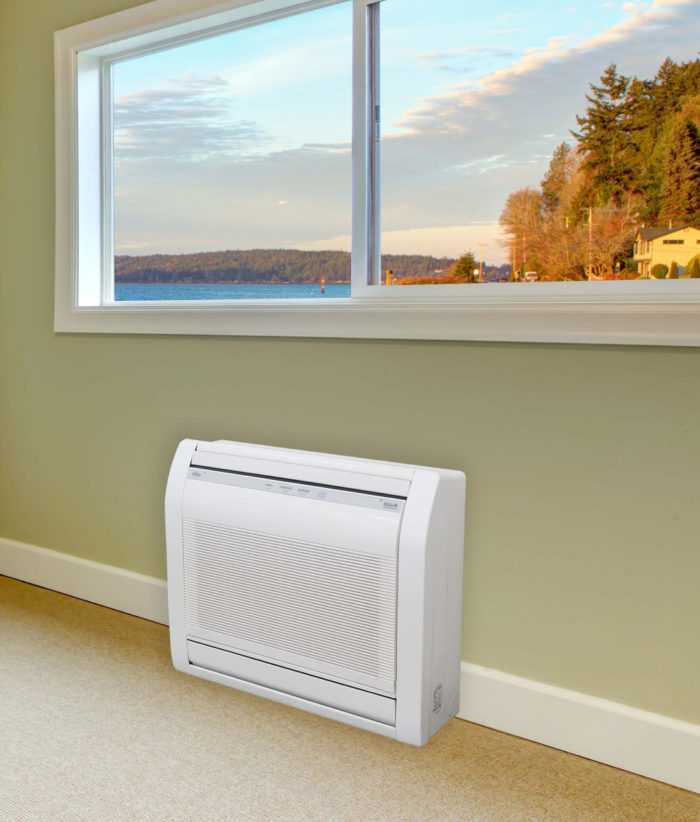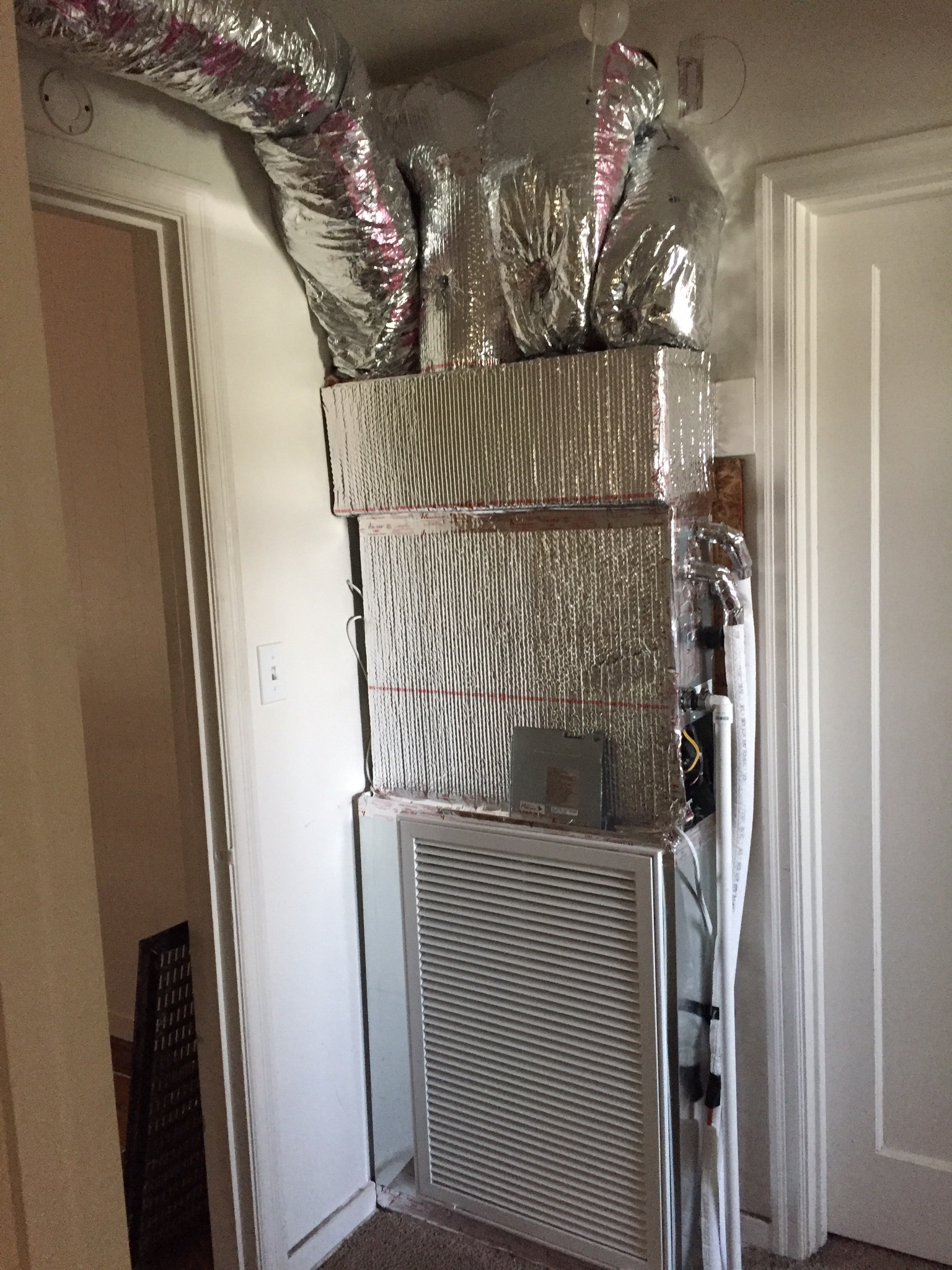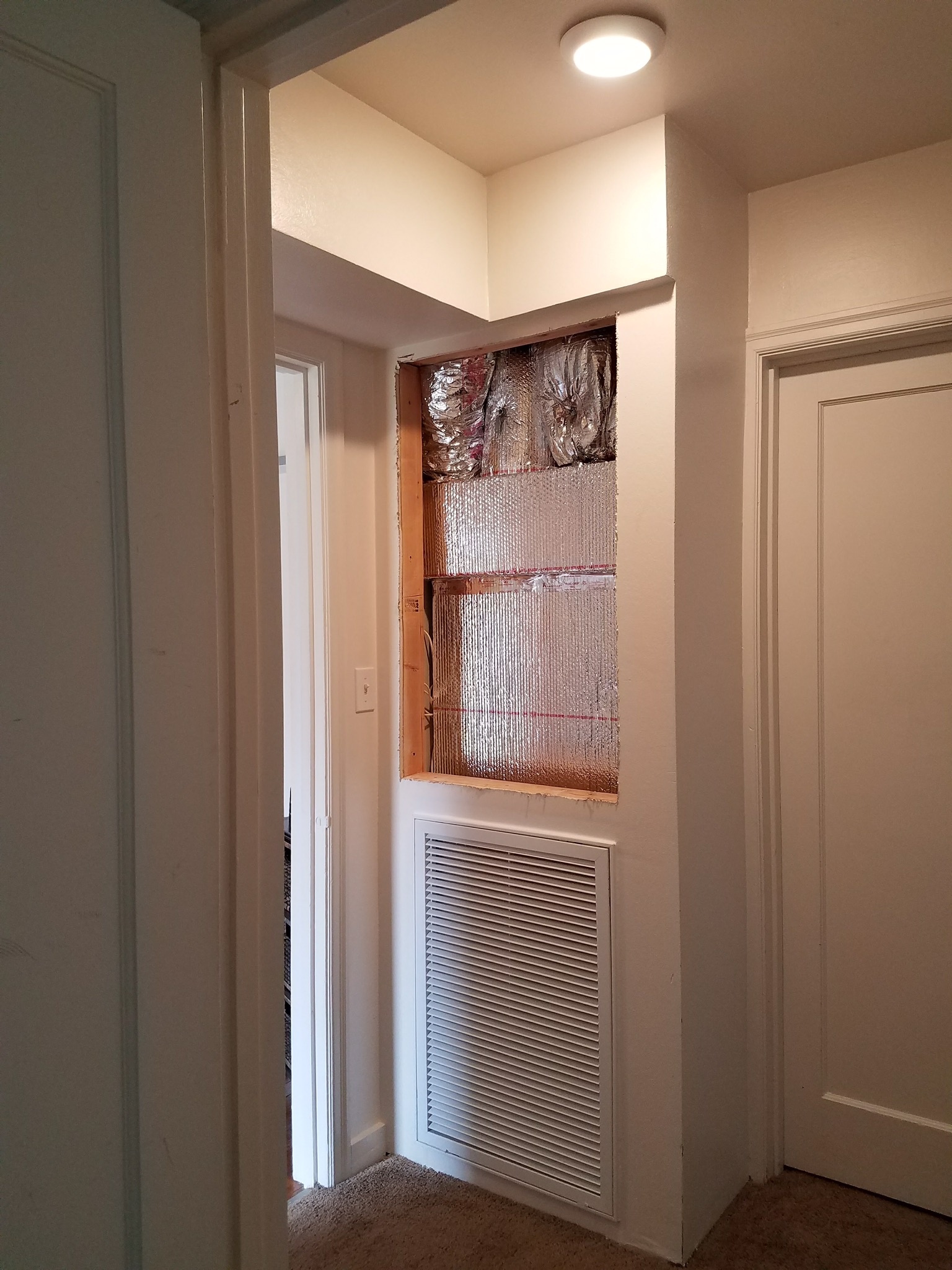Charlie123
New Member
Hello, hoping you professionals can help me to narrow down my choice on a new boiler for my ~30 year old, 918 sq ft house on Long Island.
I currently have a Utica OBT-3, and while it still works, and I have a service contract with Petro Oil, I think it might be time to consider replacing. The main motivator is the fact that even in summer, the boiler room is always warm due only to the fact that it's maintaining hot water.
I'm maintaining 50 gallons of hot water for 2 people, and the boiler guys I've met don't think it makes sense to just replace the water heater, and I agree.
A Biasi boiler with Riello burner seems to be a frequent recommendation, the 3-pass design and efficiency being the selling points. I'm told that due to the depth requirements of the Biasi, we might want to orient it sideways and then exhaust out at what I assume would be a 90 degree angle.
Is this ok, or are we losing something in that right angle exhaust?
I'm pretty sure that the Riello burner is what I want, no one seems to dispute that they're very good, but I'm trying to narrow down the boiler to the Biasi, Peerless, or Trio, which is supposed to be similar to Biasi but might be shallower.
I also have to consider the possibility that I might need to put a sleeve into the chimney, which I believe the Peerless will not require.
Other info: Taco panel, circulators, Vaughn 35 water tank.
Can you guys help me to narrow down my boiler choices?
Thanks for any info you can provide.
I currently have a Utica OBT-3, and while it still works, and I have a service contract with Petro Oil, I think it might be time to consider replacing. The main motivator is the fact that even in summer, the boiler room is always warm due only to the fact that it's maintaining hot water.
I'm maintaining 50 gallons of hot water for 2 people, and the boiler guys I've met don't think it makes sense to just replace the water heater, and I agree.
A Biasi boiler with Riello burner seems to be a frequent recommendation, the 3-pass design and efficiency being the selling points. I'm told that due to the depth requirements of the Biasi, we might want to orient it sideways and then exhaust out at what I assume would be a 90 degree angle.
Is this ok, or are we losing something in that right angle exhaust?
I'm pretty sure that the Riello burner is what I want, no one seems to dispute that they're very good, but I'm trying to narrow down the boiler to the Biasi, Peerless, or Trio, which is supposed to be similar to Biasi but might be shallower.
I also have to consider the possibility that I might need to put a sleeve into the chimney, which I believe the Peerless will not require.
Other info: Taco panel, circulators, Vaughn 35 water tank.
Can you guys help me to narrow down my boiler choices?
Thanks for any info you can provide.
Last edited by a moderator:



